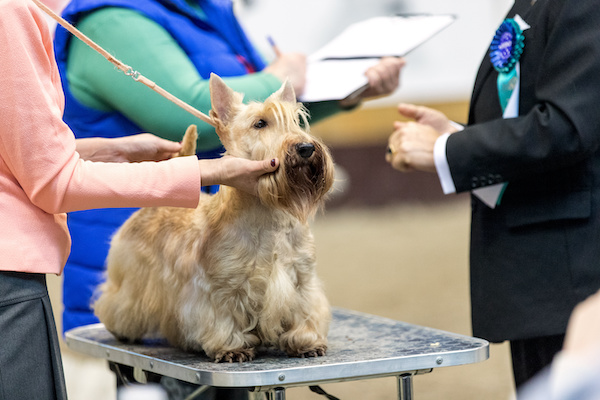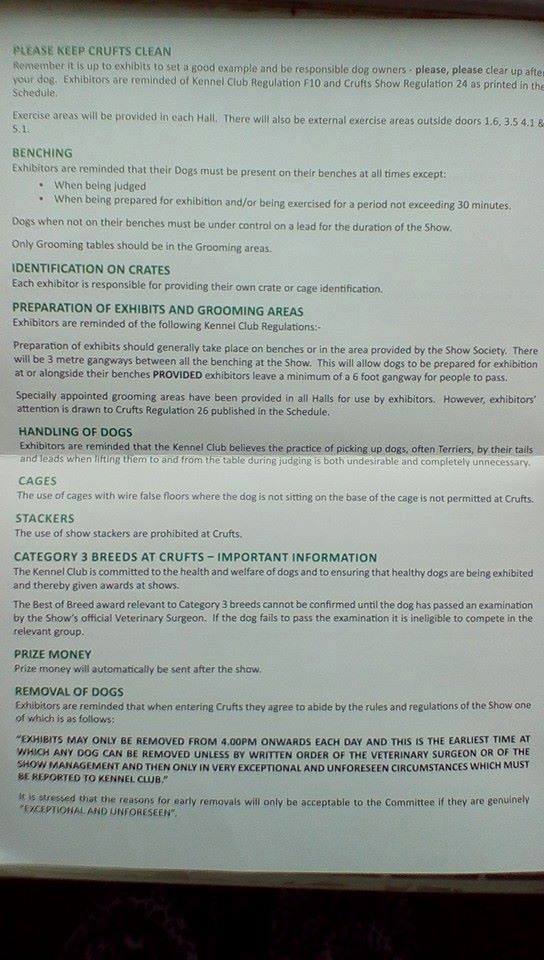
Tail lifting.
Imagine that you’re out in a field on a “walkabout” with your terrier when he spots a badger and tears after it. The badger ducks into a hole, the dog after it. As the owner, you know two things: 1) This badger is going to rip your dog’s face off, if not blind it, and 2) judging by the dirt flying out of the hole, your dog is getting perilously close to those badger teeth. What do you do?

We’re betting that you would reach into the hole, grab any part of your dog that you can reach, and pull. Chances are excellent that what you’re going to grab is the dog’s tail.
There was a time when going after vermin was a dog’s every day job, specifically, a terrier’s job. Because farmers and ranchers didn’t want their dogs’ faces mutilated, they wanted a safe and quick way to grab their dogs out of a hole and harm’s way. Owners wanted to protect their dogs just like you did in the scenario above; docking a terrier’s tail ensured that what the owner grabbed was the stout, sturdy end of the tail nearest the dog’s rump, and when that part of the tail was grasped and pulled, it didn’t hurt the dog.
When a terrier at a dog show is picked up by his handler by the tail and front end, there are a few things you should know. An experienced handler is supporting the majority of the dog’s weight in the hand holding the dog’s front end – NOT at the tail end. The handler holds the tail as a guide to keep the tail in the proper position. Furthermore, dogs lifted this way at shows have been handled this way since puppyhood. They know to relax which keeps their spines in line, their bodies balanced. Only certain breeds are handled this way. One would never pick up a heavier dog this way, nor breeds with a thinner tail, and certainly not on dogs with poor tail positioning.
For all the consternation we’ve seen over this topic, it’s striking that few of the dissenters stop to consider and concede that it’s not in the best interest of a handler to ruin a show dog by mishandling it, and certainly not at a dog show. Furthermore, dogs are exquisitely reactive creatures. A dog that knows pain is coming will act to avoid it, and such was not the case at a recent Crufts dog show where a good deal of fuss was made over a handler who lifted her dog the way it was described above. It occurred to more than one person that some of the criticism was leveled by those who have either never shown a terrier, never shown a dog at all, or hoped to see the demise of the dog fancy.
A photo of a page from the Crufts premium regarding the “Handling of Dogs” didn’t state a rule suggesting that what the terrier handler did was wrong. No regulation was broken. People who are upset with this would do well to read the history of the Scottie, understand what the tail is for, and why there is nothing wrong with it. Let us not go down the path of crying wolf before being able to tell the difference between a wolf and a husky.
Image: Scottish terrier being presented by the Handler by Osetrik/Adobe Stockl Photo

Why is my 5mnth scotties tail still not standing up?
Jeanne, we’re not Scottie breeders, but we asked someone who is, and she replied that your pup’s tail not yet standing up is likely due to submission, and just being a puppy. We came across this article, and while we make no claim that it’s the right way to approach submissiveness, it may give you some ideas: https://wagwalking.com/training/stop-being-submissive